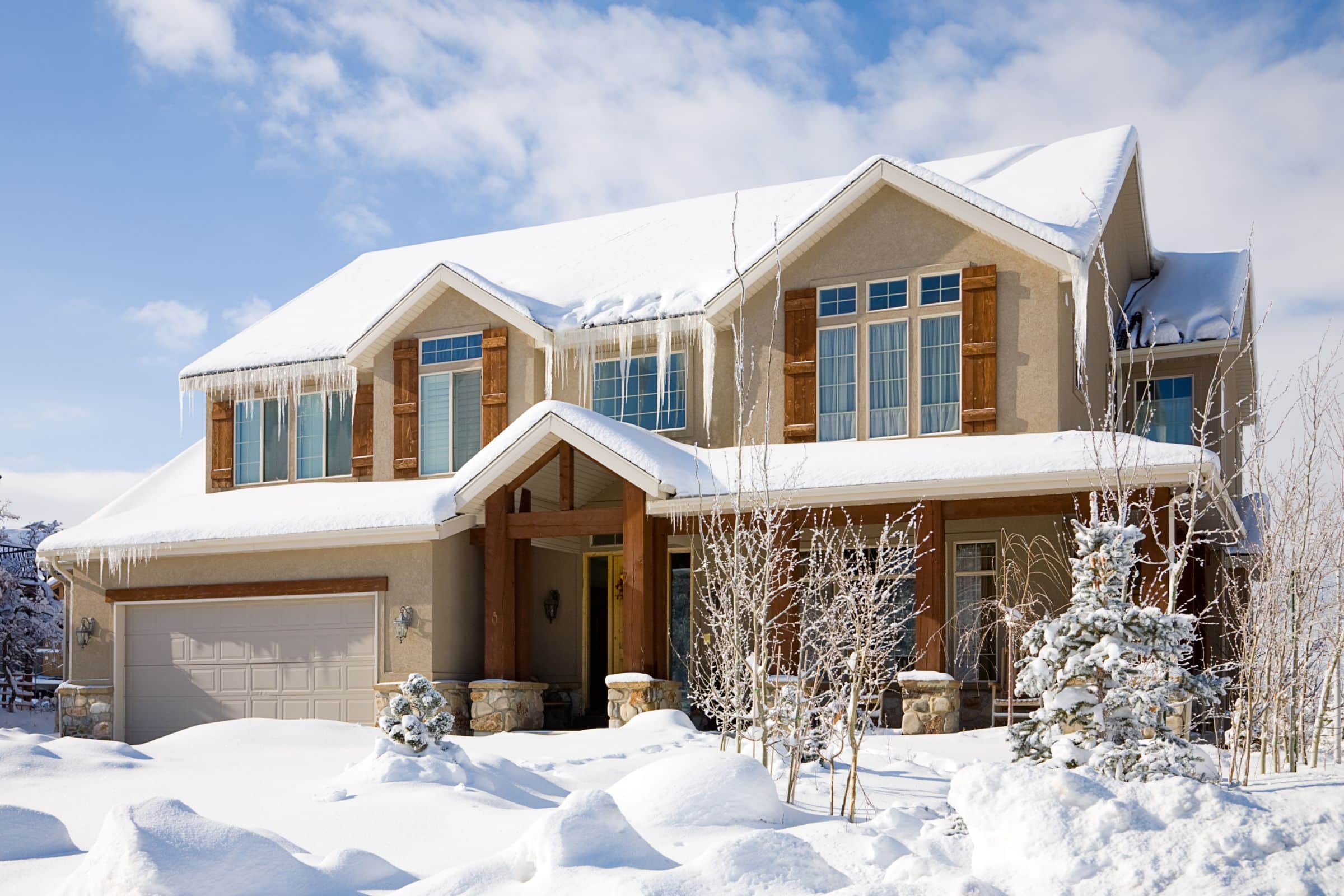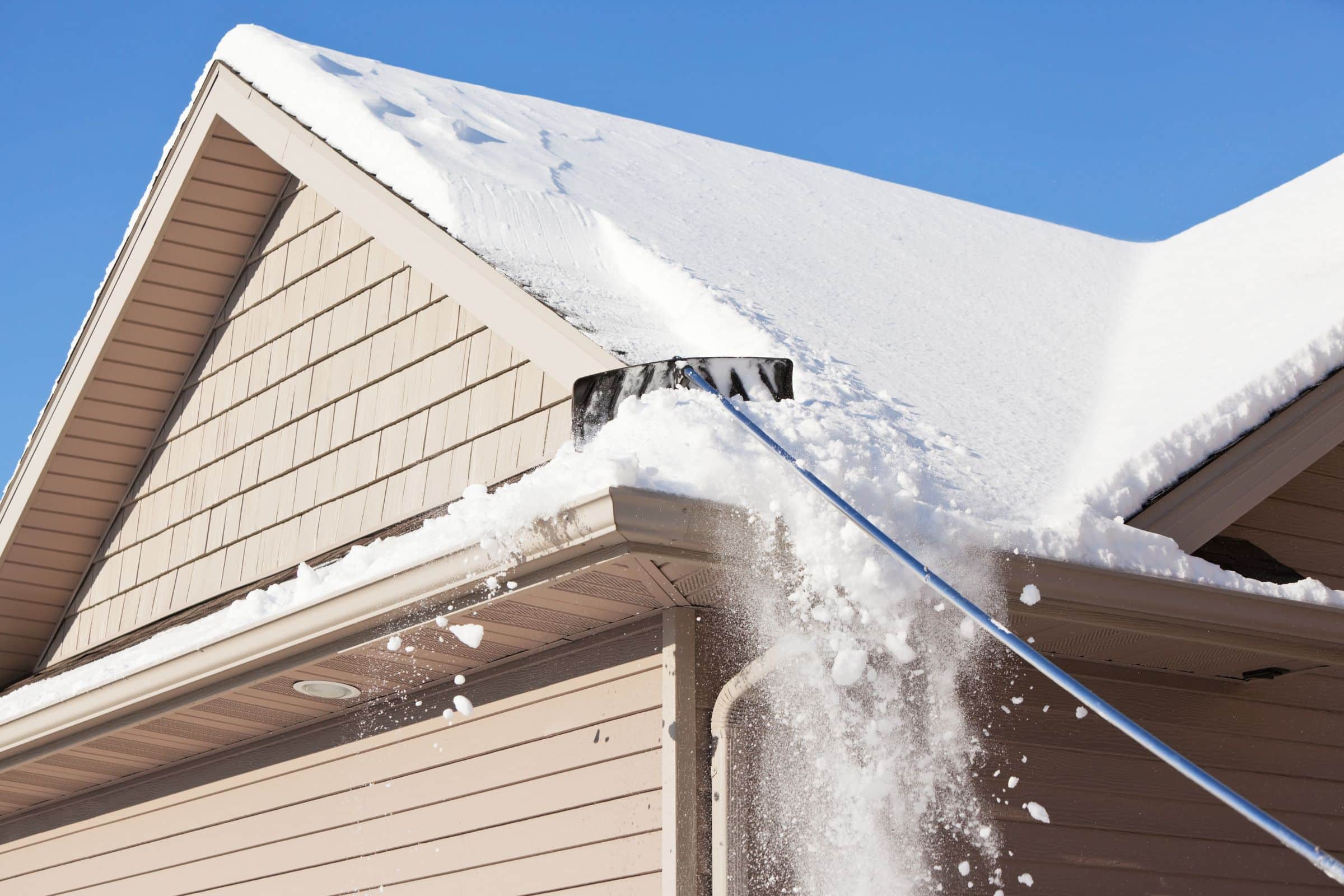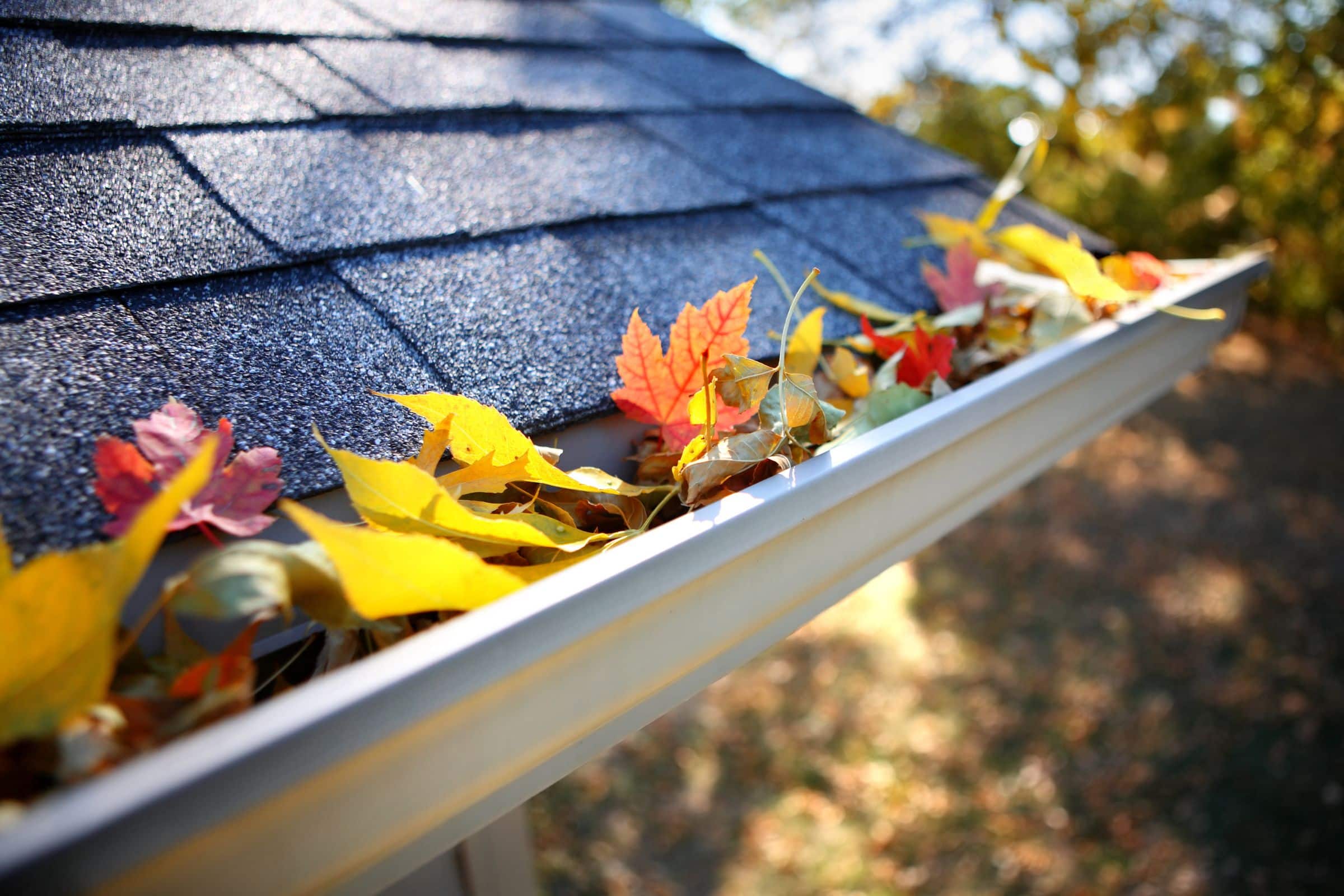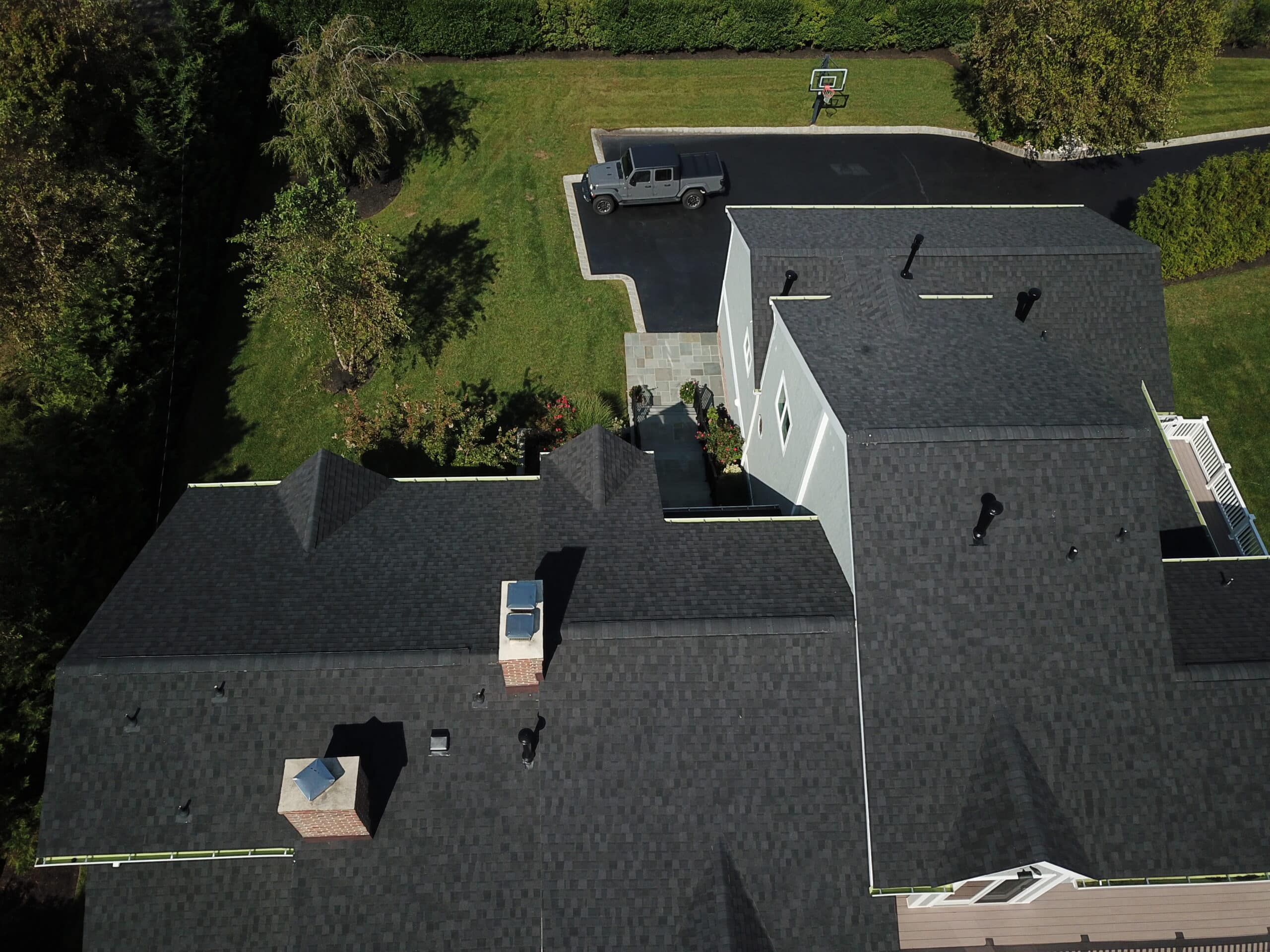
The Hidden Benefits of a Snow-Covered Roof: A Sign of Health and Stability
As winter blankets our surroundings in a pristine layer of snow, it’s common for homeowners to worry about the weight on their roofs. However, contrary to popular belief, a snow-covered roof is often a sign of health and stability. The insulation provided by the snow layer acts as a natural shield, offering protection against temperature fluctuations and potential damage caused by external elements.
One of the key advantages of a snow-covered roof is its insulating properties. The thick layer of snow acts as a formidable barrier, preventing heat loss from the house. This insulation not only helps maintain a comfortable indoor temperature but also reduces energy consumption, contributing to lower heating costs during the winter months. Homeowners can view the snow on their roofs as an ally in the battle against energy inefficiency, a silent guardian that keeps the warmth inside where it belongs.
Additionally, a snow-covered roof can serve as a reliable indicator of the structural integrity of a building. Roofs that are well-insulated and in good condition tend to retain snow for more extended periods. Conversely, a roof that quickly sheds snow may be experiencing heat loss or structural issues. Homeowners can take this visual cue to assess the health of their roofs, potentially identifying and addressing any underlying problems before they escalate.
In conclusion, a snow-covered roof isn’t just a picturesque winter scene; it’s a testament to the health and efficiency of your home. Embracing the natural insulation provided by the snow layer can lead to energy savings and a more comfortable living environment. So, the next time you glance at your snow-covered roof, take a moment to appreciate the unsung hero that silently protects your home during the coldest months of the year.



